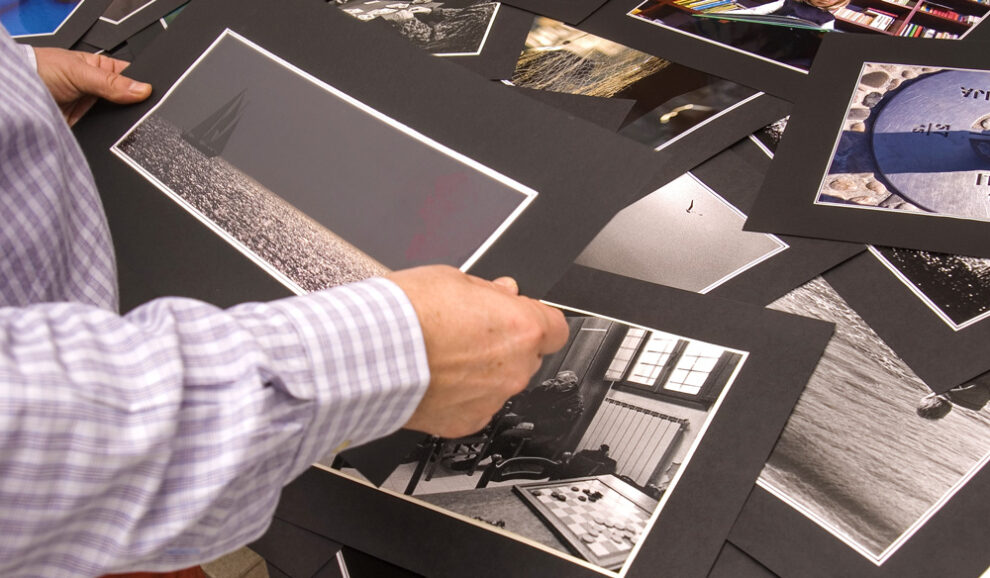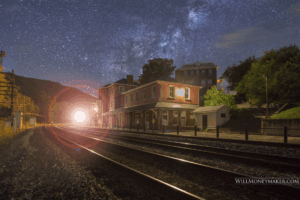We all know how things like folktales, legends, or even rumors work. The story gets passed around via word of mouth, and with each retelling, that story evolves. If you’ve ever seen a rumor run through the “rumor mill” of a workplace, then you know what I mean. As the rumor spreads, each person tells it just a little bit differently. A rumor that originally said something like, “Bob wore a shirt I didn’t like today” ends up as “Bob came into work wearing pajamas” after enough people have passed that rumor along.
As you can see, the end result is something totally different from its origins. Legends and folktales that have been around for decades or centuries usually suffer from a vastly larger distortion.
By now, you are probably wondering what on earth this has to do with photography. Well, I think that this example is an ideal comparison to the way that the things that you have learned as a photographer can change.
You see, your habits thought processes and the ways that you do things are all subject to the same kind of change that a rumor is. Moreover, because these things change so slowly over time, you’re not even likely to notice the changes in yourself. Perhaps the way you grip your camera is different from how you used to hold it, or maybe you’ve gradually become a bit more careless with the safety of your lenses — careless enough that you forget to clean them every now and then when you’re putting them away, which is something that can eventually lead to ruined lenses.
Of course, this process of habits isn’t limited to the ways that you handle your gear. Your thoughts on proper composure may subtly shift over time, or you might handle lighting differently than you did when you first learned about it.
This is why I think that, as photographers, we should be reflective of the things that we do. We should always set aside a little bit of time for an honest self-examination of the ways that we do things. Of course, introspection of that kind can be difficult, so I will outline some of the things you should look at below.
How Has Your Application of Compositional Rules Changed?
Composition is one of those things that feel like the rules were made to be broken in order to make something groundbreaking. However, there is a reason these rules are in place, and you might find that your new ideas are creeping into your compositions more than they should be. I’ve always found that it is a wise idea to go back and look over the compositional rules of art. Reread any texts that taught you composition just to refresh yourself and your knowledge of art.
How Are You Treating Your Equipment?
As photographers, we become impatient. We’ve handled our gear for years, and sometimes, all those little precautions you take to keep your gear safe go by the wayside. Are you not cleaning your camera and lenses as thoroughly as you once did? Do you hastily rig your light stands, strobes, and other equipment so that you can start taking pictures more quickly? Perhaps there are some obscure camera settings that you so rarely use that you’ve forgotten exactly how they work.
If you neglect these things, whether it is the knowledge of your gear or the actual care of your gear, you could be setting yourself up for trouble. Perhaps you'll really need to use that obscure setting when you're out in the field, but you don't remember how. Worse, what if your camera or lenses require repair or replacement after years of mishandling? Moisture, dust, dirt and even the oils from your skin can wreak havoc on your gear if not cleaned properly, and invariably, when your gear does decide to break, it will do it when you need it most.
Don't get caught in these situations! Whatever the case may be, you should periodically reaffirm everything you know about your gear and how you should treat it.
How Do You Use Lighting Nowadays?
Lighting is a tricky thing, partly because you are always learning new techniques, and partly because there are a lot of lighting tricks or fads out there that can become a part of your routine if you aren’t careful. Some things, like extremely harsh lighting that causes dark shadows and blown-out highlights, are things that are popular as a novelty. If you don’t take care to re-evaluate and re-educate yourself on proper lighting, you may find yourself relying heavily on lighting tricks and novelties rather than great compositions and interesting subject material in order to make images striking.
Speaking of Fads…
All photographers should evaluate their recent images and think about what they have produced that is simply a fad, and what was produced using standard artistic techniques. The fact is, fad photography isn’t enduring — once the fad goes out of style, your work becomes less relevant, and no photographer wants that.
So look at your work and be honest. Are there things like selective coloring, crazy angles, washed-out colors or other gimmicks? Sometimes these tricks do work to make a photograph interesting, but more often than not, they are designed to be what is currently popular but not necessarily enduringly popular. I can’t state it enough: If you rely on a fad too much, it can become a part of your style, but once that fad goes out of style, so too will your artwork.
Of course, when you are examining yourself as a photographer, there will be a lot to look at. Certainly, you may not be able to pick out all of the habits that have developed over the years. When in doubt, look for outside critique and take it to heart. No matter how you learn these introspective lessons, they are incredibly valuable lessons to learn.





